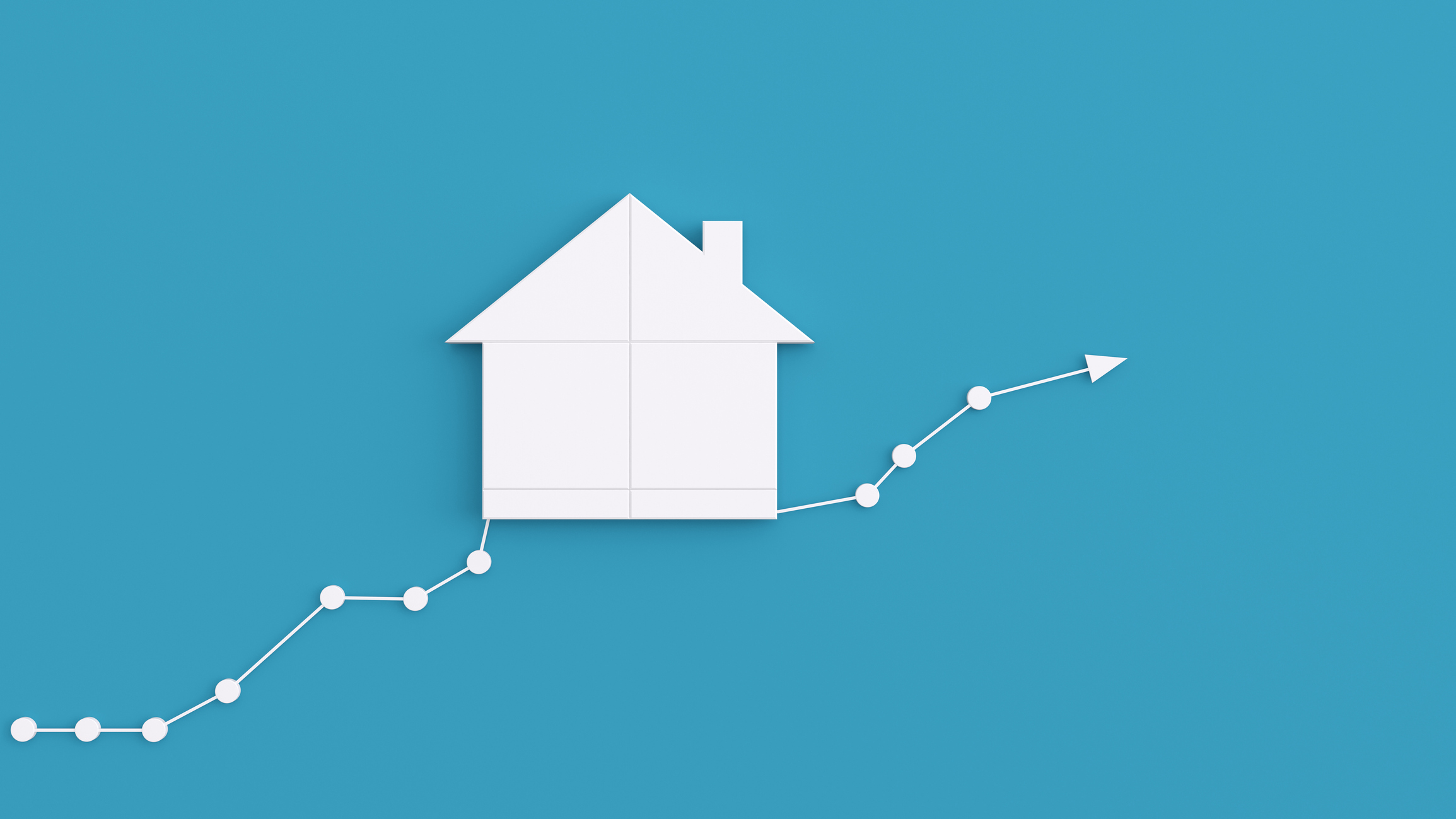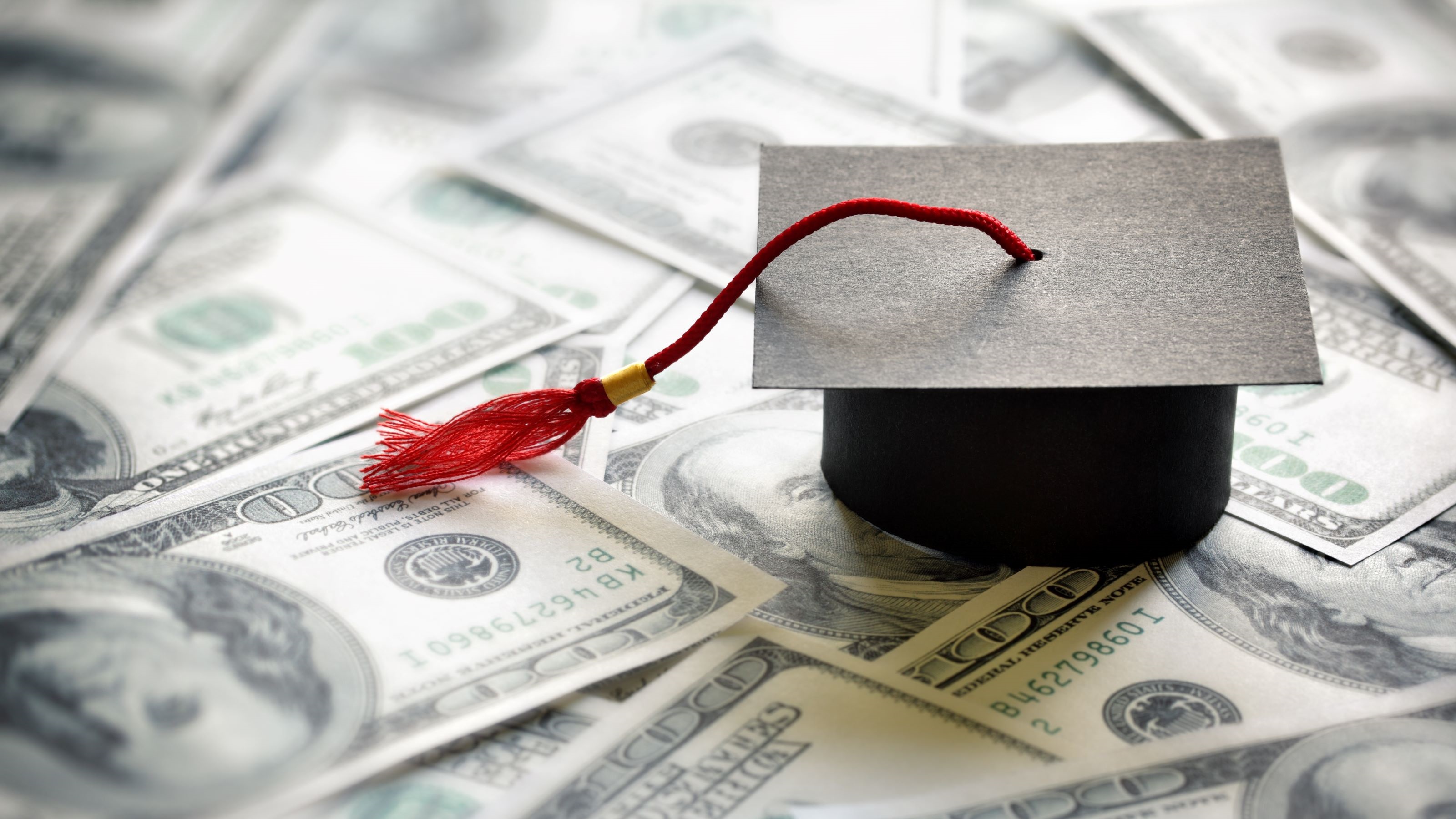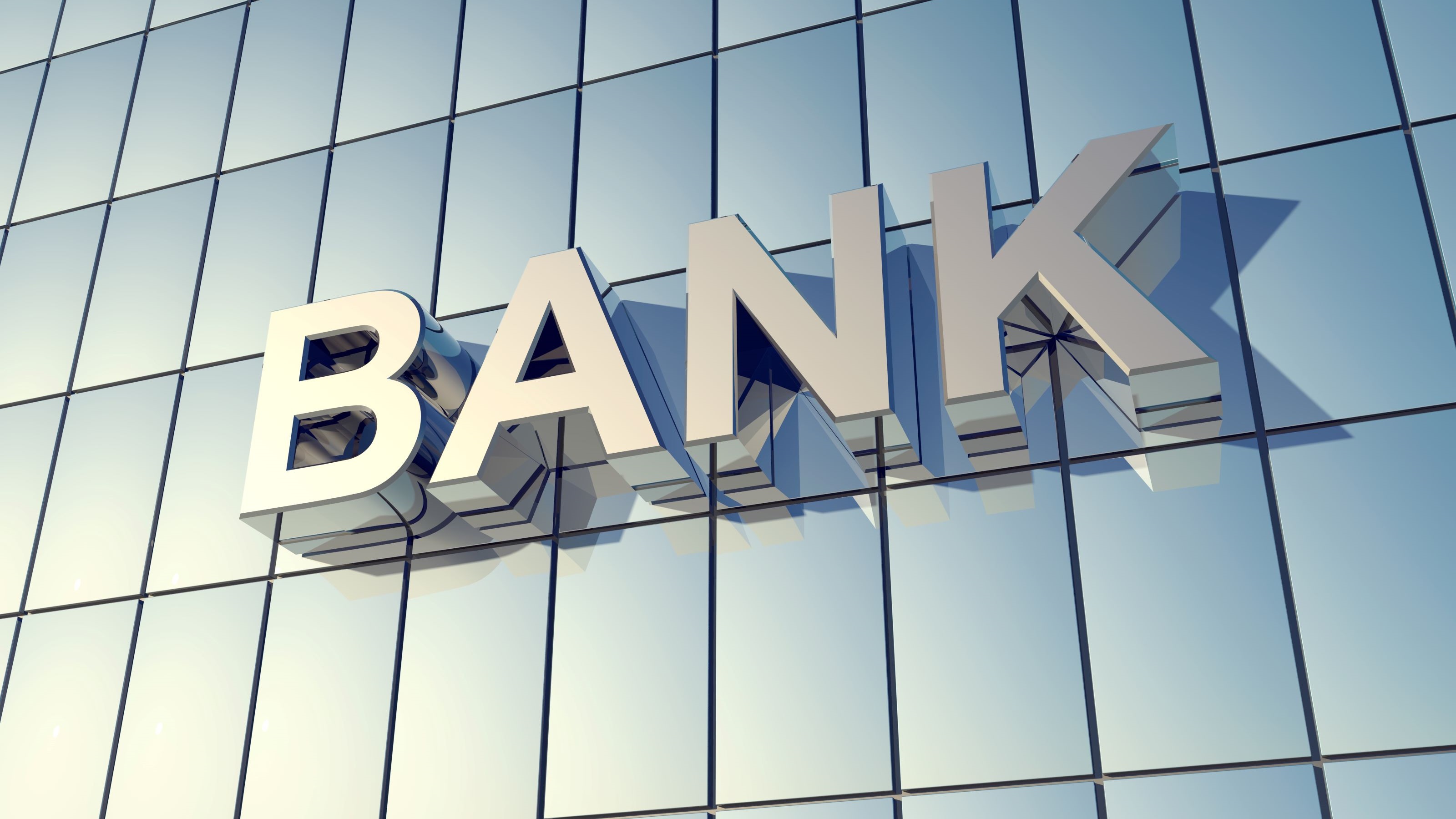What to Make of Your Credit Score
After a certain point, higher credit scores don't win lower interest rates.
Smart borrowers know that a good credit rating will get them a lower interest rate. But how good does your record have to be to get the best rates?
Most Kiplinger readers can expect to find that their scores are good enough, thank you very much. In fact, half of all consumers have sufficiently high scores to earn them the best interest rates.
The top possible score is 850 -- but you needn't aim for that. "Obtaining 800 is probably unrealistic," says Craig Watts, consumer affairs manager for Fair, Isaac & Co., the company that compiles the FICO scores that most lenders use when making lending decisions. "Anything better than the mid 700s is fine," he says. "You're going to be offered the best interest rate." A median score usually falls in the 720-to-725 range, meaning half of us fall above that point, half below.

Sign up for Kiplinger’s Free E-Newsletters
Profit and prosper with the best of expert advice on investing, taxes, retirement, personal finance and more - straight to your e-mail.
Profit and prosper with the best of expert advice - straight to your e-mail.
If you want to know exactly where you stand, you can buy a standard report for $12.95 at Fair Isaac's Web site. The report includes your FICO score, along with an explanation of the codes that describe your weaknesses and some suggestions on how to improve the numbers. You'll also get a copy of your credit report from the Equifax credit bureau.
If you want to track your progress in improving your score over the course of a year, a subscription will get you four reports for $50. Of course, if you're at the top of the heap already -- with a score of 720 or better -- who cares? If your score falls below that level, though, you can use a free calculator on the site to see how much interest you would save by improving your number.
Breaking it down
We found that borrowers with FICO scores in the second-best tier (700 to 719) stand to realize only modest savings by climbing into the top tier. For example, on a 30-year, fixed-rate home mortgage for $250,000, raising your score from the 700-to-719 category to the top slot would save you only $20 per month. Granted, that comes to $7,200 over 30 years.
Those with even lower scores because of late payments or because they already have a lot of debt have the most to gain by improving their numbers. On that $250,000 mortgage, someone in the top bracket would pay $106 a month less than a borrower with a 675-to-699 score.
For a four-year, $20,000 car loan, raising your score from 690 to 720 would save only $7 per month; raising it from the lower category to 720 or better would save $26 a month -- enough to gas up your SUV.
Now the bad news: Improving your score can take years. The quickest fixes come when you spot errors in your credit report. If you report an error to the credit bureau and lender, you should be able to raise your score with little delay. But amending your credit patterns takes longer.
If you've had minor problems -- say, an outstanding balance is a tad high -- you might be able to pay it down and see some improvement over six months to a year. But fixing big blemishes, such as paying credit card bills 30 days late, takes time. "It's very hard to improve substantially in six months," says Watts. "If you work three or four years at it, it is possible to improve your scores substantially."
Keep that in mind before you sign up for a year's subscription to your FICO score.
Web sites that pitch free credit scores, give you your score only if you agree to a 30-day trial of their credit-monitoring services. If you don't opt out in time, they'll charge you for a year's worth of service.
Get Kiplinger Today newsletter — free
Profit and prosper with the best of Kiplinger's advice on investing, taxes, retirement, personal finance and much more. Delivered daily. Enter your email in the box and click Sign Me Up.
-
 Stock Market Today: Stocks Soar on China Trade Talk Hopes
Stock Market Today: Stocks Soar on China Trade Talk HopesTreasury Secretary Bessent said current U.S.-China trade relations are unsustainable and signaled hopes for negotiations.
By Karee Venema
-
 2026 Disney Dining Plan Returns: Free Dining for Kids & Resort Benefits
2026 Disney Dining Plan Returns: Free Dining for Kids & Resort BenefitsPlan your 2026 Walt Disney World vacation now. Learn about the returning Disney Dining Plan, how kids aged three to nine eat free, and the exclusive benefits of staying at a Disney Resort hotel.
By Carla Ayers
-
 What To Know if You’re in the Market for a New Car This Year
What To Know if You’re in the Market for a New Car This YearThe Kiplinger Letter Buying a new car will get a little easier, but don’t expect many deals.
By David Payne
-
 Will Lower Mortgage Rates Bring Relief to the Housing Market?
Will Lower Mortgage Rates Bring Relief to the Housing Market?The Kiplinger Letter As mortgage rates slowly come down here's what to expect in the housing market over the next year or so.
By Rodrigo Sermeño
-
 Car Prices Are Finally Coming Down
Car Prices Are Finally Coming DownThe Kiplinger Letter For the first time in years, it may be possible to snag a good deal on a new car.
By David Payne
-
 New Graduates Navigate a Challenging Labor Market
New Graduates Navigate a Challenging Labor MarketThe Kiplinger Letter Things are getting tough for new graduates. Job offers are drying up and the jobless rate is increasing. Are internships the answer?
By David Payne
-
 When's the Best Time to Buy a Domestic Flight? The Kiplinger Letter
When's the Best Time to Buy a Domestic Flight? The Kiplinger LetterThe Kiplinger Letter A new study by CheapAir.com has crunched the numbers.
By Sean Lengell
-
 Woes Continue for Banking Sector: The Kiplinger Letter
Woes Continue for Banking Sector: The Kiplinger LetterThe Kiplinger Letter Regional bank stocks were hammered recently after news of New York Community Bank’s big fourth-quarter loss.
By Rodrigo Sermeño
-
 Anxious Flyers Take Note: The Kiplinger Letter
Anxious Flyers Take Note: The Kiplinger LetterThe Kiplinger Letter Whether it's the routes to avoid that have the most turbulence or the safest airline, we've got you covered.
By Sean Lengell
-
 The Auto Industry Outlook for 2024
The Auto Industry Outlook for 2024The Kiplinger Letter Here's what to expect in the auto industry this year. If you’re in the market for a car it won’t be quite as daunting as it was during the pandemic and after.
By David Payne